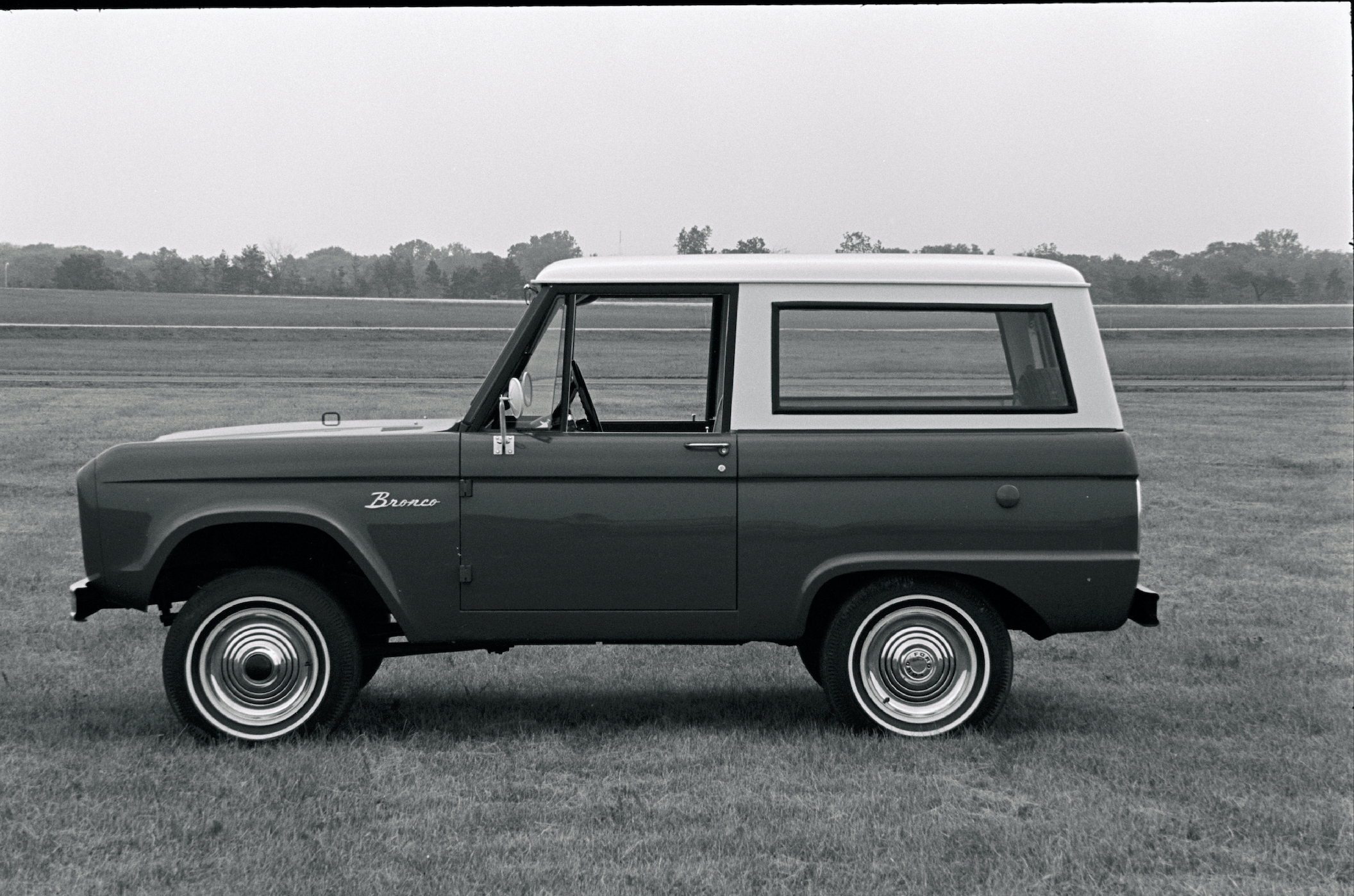Vintage Broncos Lawsuit: The Controversy, Legal Battles, And What You Need To Know
The vintage Broncos lawsuit has captured the attention of car enthusiasts and legal experts alike. This high-profile case revolves around the iconic Ford Broncos, cherished by collectors and historians for their nostalgic value. The legal battle highlights the complexities of intellectual property rights in the automotive industry and sheds light on the challenges faced by companies and collectors in preserving automotive heritage.
As the automotive world continues to evolve, the debate over restoring, replicating, and selling classic vehicles like the Ford Bronco has intensified. This lawsuit raises important questions about the boundaries of restoration practices and the rights of manufacturers to protect their designs. Understanding the nuances of this case is essential for anyone interested in the vintage car market.
In this article, we will explore the vintage Broncos lawsuit in detail, covering its background, key legal issues, and implications for the automotive industry. Whether you're a car enthusiast, legal professional, or simply curious about this case, you'll find valuable insights and expert analysis within this comprehensive guide.
Table of Contents
- Background of the Vintage Broncos Lawsuit
- Key Legal Issues in the Case
- Implications for the Automotive Industry
- Restoration Practices and Legal Boundaries
- Manufacturers' Rights vs. Collector's Freedom
- The Perspective of Collectors and Enthusiasts
- Expert Insights on the Legal Battle
- Statistics and Market Trends in Vintage Cars
- Potential Court Decision and Outcomes
- Conclusion and Future Prospects
Background of the Vintage Broncos Lawsuit
The vintage Broncos lawsuit began when Ford Motor Company filed a legal complaint against several companies specializing in restoring and modifying classic Ford Broncos. The case centers on the reproduction of parts and the creation of "replica" vehicles that closely resemble the original designs. Ford argues that these activities infringe on their intellectual property rights, while the defendants claim they are simply restoring and preserving a piece of automotive history.
The Ford Bronco, first introduced in 1966, has become a symbol of ruggedness and adventure. Its popularity has only grown over the years, with vintage models fetching high prices at auctions. This demand has led to a thriving market for restored and modified Broncos, sparking the legal dispute at hand.
Historical Significance of the Ford Bronco
The Ford Bronco has a storied history that contributes to its status as a collectible vehicle. From its debut as a compact SUV to its modern revival, the Bronco has maintained a loyal following. The lawsuit brings attention to the importance of preserving classic designs while respecting the rights of manufacturers.
Key Legal Issues in the Case
At the heart of the vintage Broncos lawsuit are several key legal issues. These include intellectual property rights, trademark infringement, and the scope of restoration practices. Understanding these issues is crucial for comprehending the complexity of the case.
Intellectual Property Rights
- Ford claims that the reproduction of parts and the creation of replica vehicles violate their intellectual property rights.
- The defendants argue that their activities fall under the umbrella of restoration, which is generally considered legal.
Trademark Infringement
Another contentious issue is trademark infringement. Ford contends that the use of their brand name and logos on restored vehicles constitutes unauthorized use of their trademarks. This aspect of the case adds another layer of complexity to the legal battle.
Implications for the Automotive Industry
The outcome of the vintage Broncos lawsuit could have far-reaching implications for the automotive industry. Collectors, restorers, and manufacturers are closely watching this case to see how it might affect their operations.
Impact on Collectors
Collectors of vintage cars may face increased restrictions on what they can do with their vehicles. If Ford prevails, it could set a precedent for other manufacturers to pursue similar legal actions against restorers and enthusiasts.
Restoration Practices and Legal Boundaries
Restoration practices have long been a gray area in the automotive world. While restoring a classic car to its original condition is generally accepted, the line between restoration and reproduction can be blurry. The vintage Broncos lawsuit highlights the need for clearer legal guidelines in this area.
What Constitutes Restoration?
- Replacing worn-out parts with original or equivalent components is typically considered restoration.
- Creating replica vehicles from scratch or using non-original parts may cross into the realm of reproduction, raising legal concerns.
Manufacturers' Rights vs. Collector's Freedom
The tension between manufacturers' rights and collectors' freedom is a central theme in the vintage Broncos lawsuit. Manufacturers like Ford argue that they have the right to protect their designs and trademarks, while collectors believe they should have the freedom to restore and modify their vehicles as they see fit.
Striking a Balance
Finding a balance between these competing interests is essential for the future of the automotive industry. Legal experts suggest that clearer regulations and guidelines could help resolve this ongoing debate.
The Perspective of Collectors and Enthusiasts
Collectors and enthusiasts have a vested interest in the outcome of the vintage Broncos lawsuit. Many view classic cars as an integral part of automotive history and culture, deserving of preservation and celebration.
Why Collectors Care
- Collectors invest significant time and money into restoring and maintaining their vehicles.
- They often see their cars as unique pieces of art, rather than mere commodities.
Expert Insights on the Legal Battle
Legal experts weigh in on the vintage Broncos lawsuit, offering valuable perspectives on the case. Their insights provide a deeper understanding of the legal and ethical considerations involved.
Analysis from Legal Professionals
According to legal professionals, the vintage Broncos lawsuit could set a significant precedent for future cases involving classic vehicles. The court's decision may influence how intellectual property rights are interpreted in the automotive industry.
Statistics and Market Trends in Vintage Cars
Understanding the market for vintage cars is essential for grasping the significance of the vintage Broncos lawsuit. Statistics and trends reveal the growing demand for classic vehicles and the economic impact of the restoration industry.
Growth of the Vintage Car Market
- The global vintage car market is projected to grow at a compound annual growth rate (CAGR) of 7.5% over the next decade.
- Classic Ford Broncos, in particular, have seen a surge in popularity, with prices reaching record highs at auctions.
Potential Court Decision and Outcomes
The potential court decision in the vintage Broncos lawsuit could have lasting effects on the automotive industry. Both parties are preparing for a lengthy legal battle, with each side presenting compelling arguments.
Possible Outcomes
- If Ford wins, it could lead to stricter regulations on restoration practices and increased scrutiny of replica vehicles.
- A favorable ruling for the defendants might pave the way for more lenient rules regarding classic car restoration.
Conclusion and Future Prospects
In conclusion, the vintage Broncos lawsuit is a pivotal case that addresses critical issues in the automotive industry. From intellectual property rights to the preservation of classic designs, this legal battle touches on many aspects of the collector car market.
We encourage readers to stay informed about the case and its developments. Leave a comment sharing your thoughts on the matter, or explore other articles on our site for more insights into the world of classic cars and legal affairs.
Remember, the outcome of this lawsuit could shape the future of automotive restoration and the rights of collectors worldwide. Stay tuned for updates and continue to engage in the conversation surrounding this important topic.

